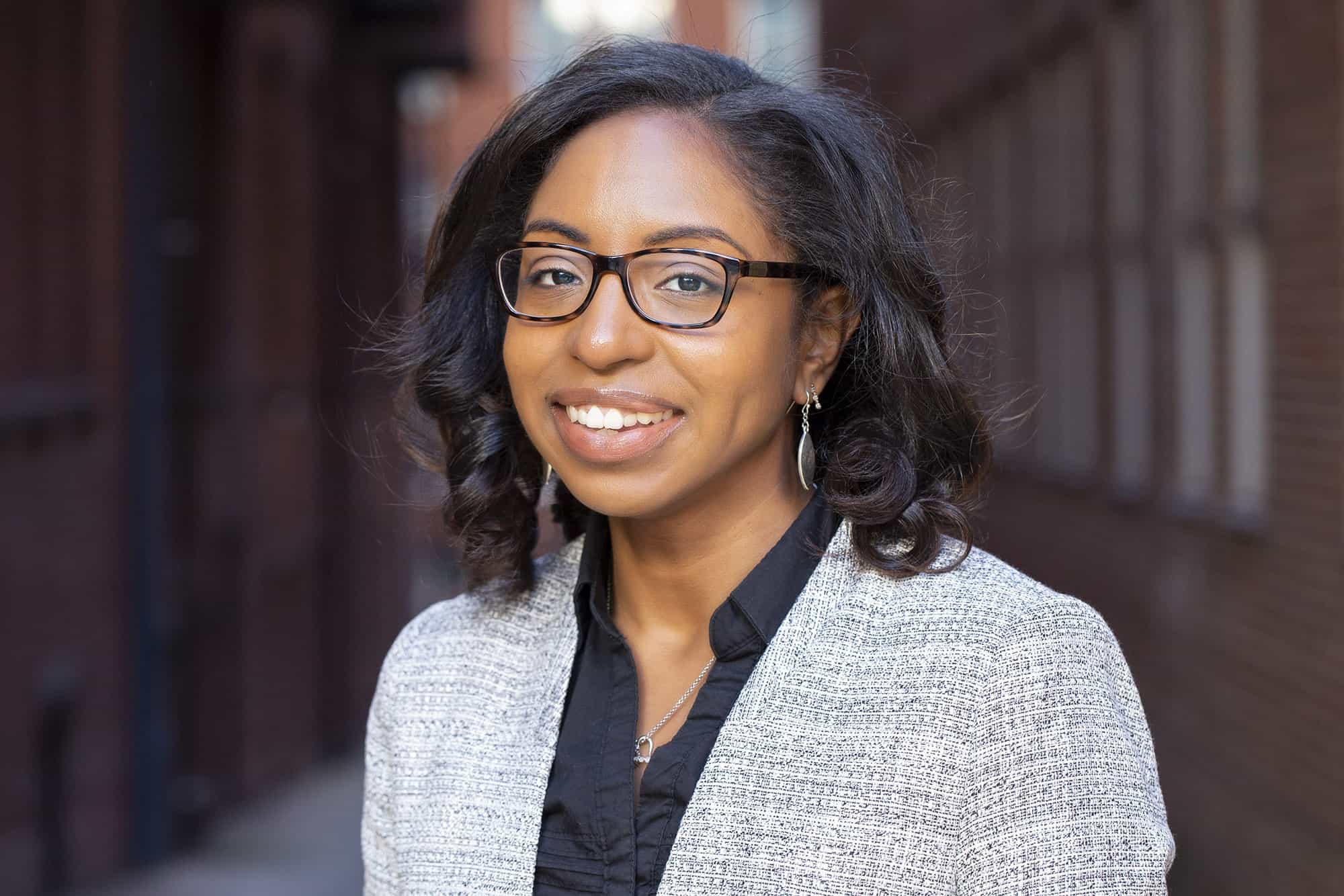Introduction
An old bridge winds across the river between Minnesota and Wisconsin, where Lake Superior Community Health Center maintains sites less than six miles apart. That bridge, says CEO Jessie Peterson, represents a barrier to how easily low-income patients on either side can access health care.
Peterson’s center maintains its hub in Duluth, where more low-income Minnesotans have Medicaid coverage under the Affordable Care Act. But a site several stoplights away, across the bridge in Superior, Wisconsin, has fewer financial resources and poorer health care access for low-income residents in part because it’s in a state that hasn’t expanded Medicaid.
“Whenever this question comes up about the border, it’s not just the Packers and the Vikings,” said Jonathan Watson, CEO of the Minnesota Association of Community Health Centers, referring to the states’ fierce NFL rivalry. “It’s the Medicaid piece here too, in terms of the disparities that exist. Access to care in the two states is profoundly different.”
Studies find that the Affordable Care Act has helped to narrow racial disparities in health insurance coverage, especially in states that expanded their Medicaid eligibility. Six in 10 of the uninsured adults who would become eligible for Medicaid if every state expanded are people of color.
More than two million poor adults have no health insurance because they live in states that did not expand Medicaid coverage under the Affordable Care Act. Wisconsin, unlike other non-expansion states, has extended Medicaid eligibility to adults up to the poverty level. Others are eligible to receive subsidies for private health insurance. Without that, the divide between Minnesota and Wisconsin would be even worse.
Missouri and Oklahoma are the most recent states to adopt Medicaid expansion. Oklahoma expanded coverage July 1. A voter-approved amendment would have expanded coverage by July 1 in Missouri too, but it faced legal challenges. On Thursday, the state Supreme Court upheld the amendment’s constitutionality, overturning a lower court’s ruling.
In recent weeks, Congressional Democrats have proposed bills that would bypass the dozen holdout states to expand Medicaid to low-income populations. The Medicaid Saves Lives Act would create a Medicaid look-alike program governed by the Centers for Medicare and Medicaid. If passed, 91,000 Wisconsinites would become eligible for affordable coverage. Another bill, the COVER Now Act, would expand coverage by authorizing the federal agency to work directly with local governments.
The bills follow generous financial incentives in the American Rescue Plan for states to expand Medicaid. So far, none have budged.
Here’s a brief look at what it’s like for a medical facility to navigate politics and policy across state borders to fulfill its mission of serving the poor.
*This conversation has been edited for length and clarity.
On quantifying what the lack of Medicaid expansion has done in Wisconsin …
Peterson: “We’ve just gone through a deep dive of needs assessments in both Douglas County, which is in Wisconsin, and St. Louis County, which is over here in Minnesota. Just as an example, there’s more than double the rate of uninsured in Wisconsin versus Minnesota. There’s a higher rate of mortality, obesity, smoking, alcohol use, substance use disorder in Wisconsin as compared to Minnesota. There’s also a proven higher delay in patients actually receiving care in Wisconsin than in Minnesota. And so when you look at those numbers, I think the overall trend in the health disparities across the board is really what’s the most telling when you compare expansion states versus non-expansion states.”
On ways the differences between Minnesota and Wisconsin play out …
Watson: “An uninsured person is going to be much more reluctant to engage in primary care even though the community health centers have the tools to enable them to overcome that.
“Without accessing care as an uninsured person, if you have a chronic disease, you’re going to have some pretty terrible health outcomes. … By no means has the state of Minnesota figured out health care disparities — we have some of the worst in the nation between BIPOC [Black, Indigenous, People of Color] populations and the general population. …

“[But] the financial resources that Lake Superior receives from the state of Minnesota, largely through the Medicaid program, is frankly non-existent on the Wisconsin side of the river.
“These three forces combine in a tornado in terms of the confluences of these issues. It really at the end of the day impacts patient outcomes. To be ready to learn at school, to be ready to go to work and be productive, you need that robust primary care system.”
On illustrating the disparities between states …
Alyssa Peoples, lead health advocate for the Lake Superior center in Duluth: “A gentleman who is severely diabetic had come to our clinic in Minnesota. He had recently moved here from another state, where his doctor was able to, for a few months, provide him with a prescription, and then the doctor said, ‘No, I need to see you before I can re-up that insulin.’
“And so he came to our clinic, homeless in Duluth, Minnesota, in the winter, which is amazing in itself. He had an insulated tent. In the winter it can regularly get to negative 30 [degrees] in the coldest months. It’s very windy and unpredictable here with Lake Superior running the show.
“He had some income, I think that it was Social Security. It was about $1,200 a month. …
“He had actually been in a desperate place and really had some [lifelong] traumas. He had spent a few weeks in a diabetic coma, and so once he got out of that, he moved to Minnesota where he had some family and he had this little bit of income.
“We were able to get him primary health care. He met with a psych nurse practitioner. … He had some dental issues going on, so we got him in with a dentist. We helped to get him in therapy and get him housed.
“I think about him a lot. … If he had moved to Superior, he wouldn’t have qualified for BadgerCare [the Wisconsin Medicaid program] because of that income that he had. In the state of Wisconsin, their income limit is only about 100% of federal poverty guidelines for childless adults. In Minnesota, it’s 138%.
“A [six]-mile difference was the world to him. I don’t know that he would have made it through the winter if he couldn’t have gotten some of that care.”
April Simpson is a senior reporter at the Center for Public Integrity. She can be reached at asimpson@publicintegrity.org. Follow her on Twitter @aprilleticia.
Read more in Inside Public Integrity
Watchdog newsletter
Homeland Security: Noncitizens’ barriers to health care thwart COVID-19 progress
Lingering fear of Trump policies and health care exclusion are barriers to vaccine drives among immigrants.
Watchdog newsletter
The U.N. says it’s torture. Judges ruled this school can use shock therapy anyway.
Electric shocks are a rare form of school discipline meted out to students with disabilities. Restraint is far more common. Both draw objections.




Join the conversation
Show Comments